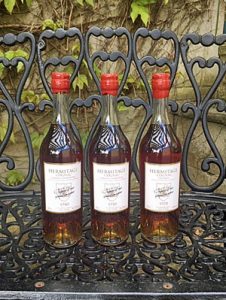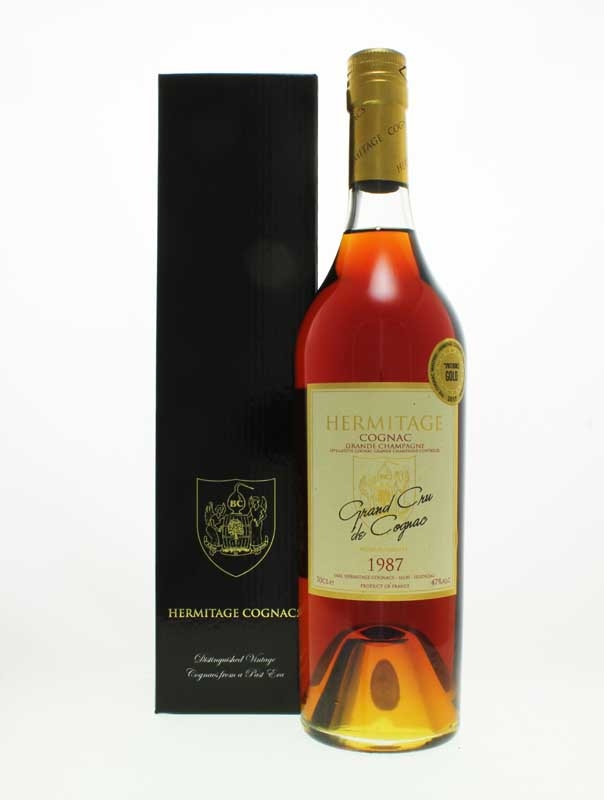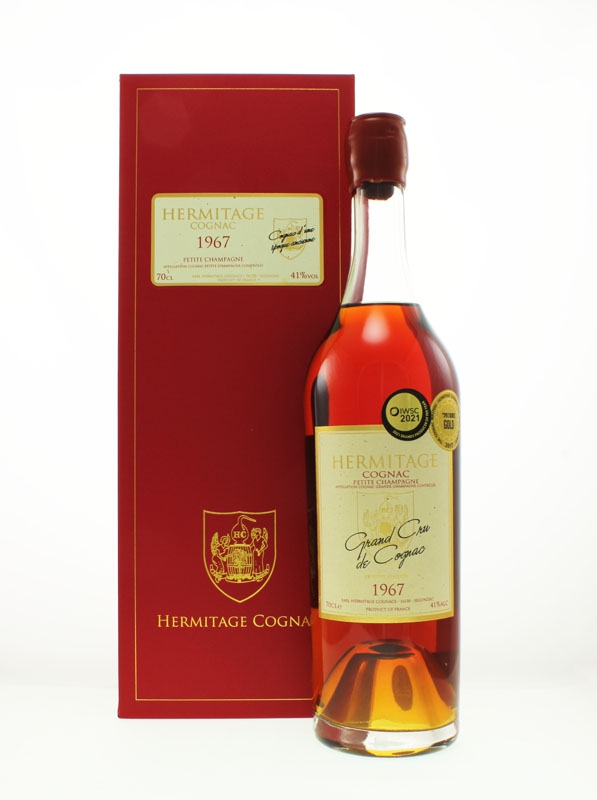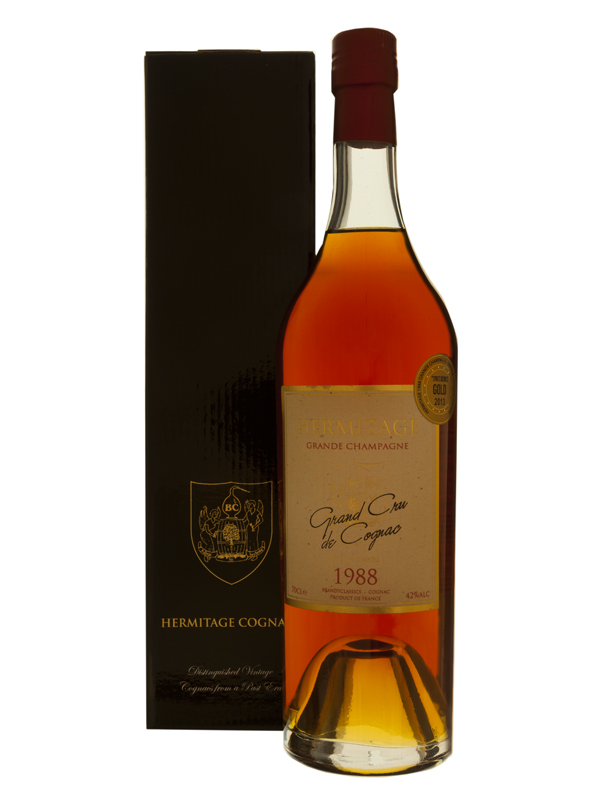Gift ideas for those turning 50, 70 or 80 years of age..
 Across our website we have very special gift ideas and presents for all years of birth but these latest vintage cognacs to arrive in the Hermitage range will be perfect for those celebrating 50, 70 or 80 years in 2020.
Across our website we have very special gift ideas and presents for all years of birth but these latest vintage cognacs to arrive in the Hermitage range will be perfect for those celebrating 50, 70 or 80 years in 2020.
From the top cru, Grande Champagne, comes Hermitage 1940 Cognac. A beautifully balanced amber nectar, with aromas of chestnuts and truffles, it was produced in the year Winston Churchill became British Prime Minister and ordered the Dunkirk Evacuation. Also from Grande Champagne comes Hermitage 1950 Cognac – a real joy to taste with flavours including plum crumble with a blood orange peel finish.
Hermitage 1970 Fins Bois Cognac was harvested in the year Concorde made its first supersonic flight. It is rare to find cognacs from the Fins Bois in the Hermitage range but this one is really very special.



